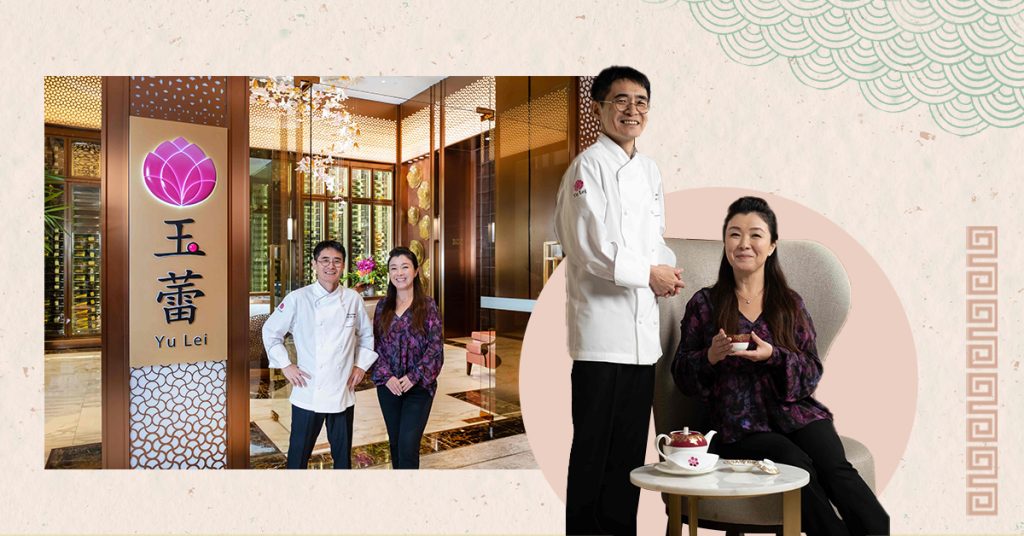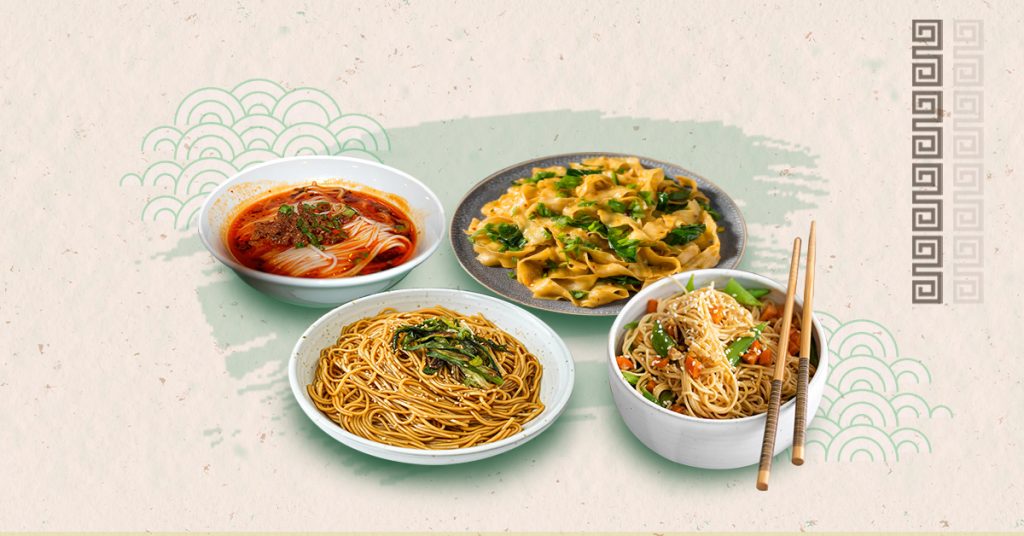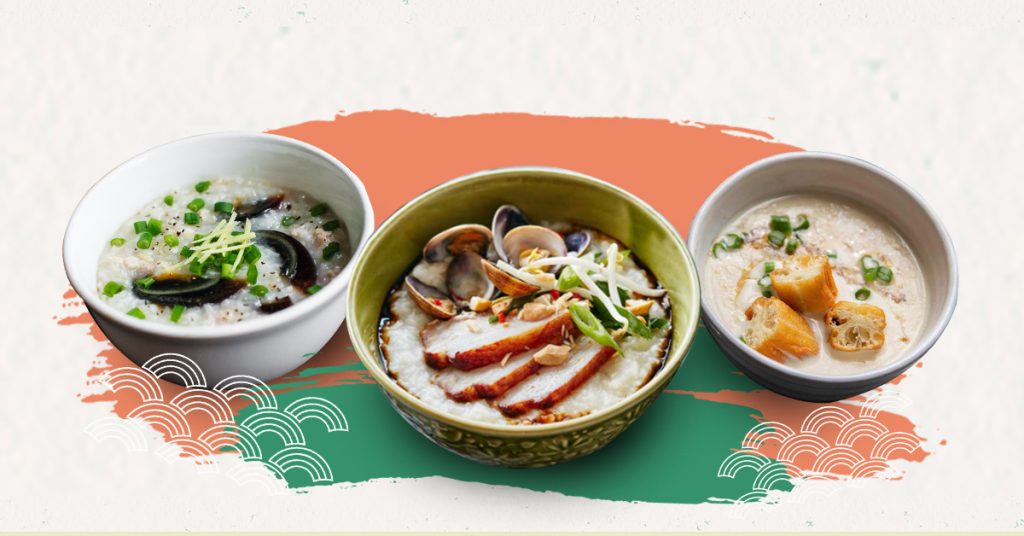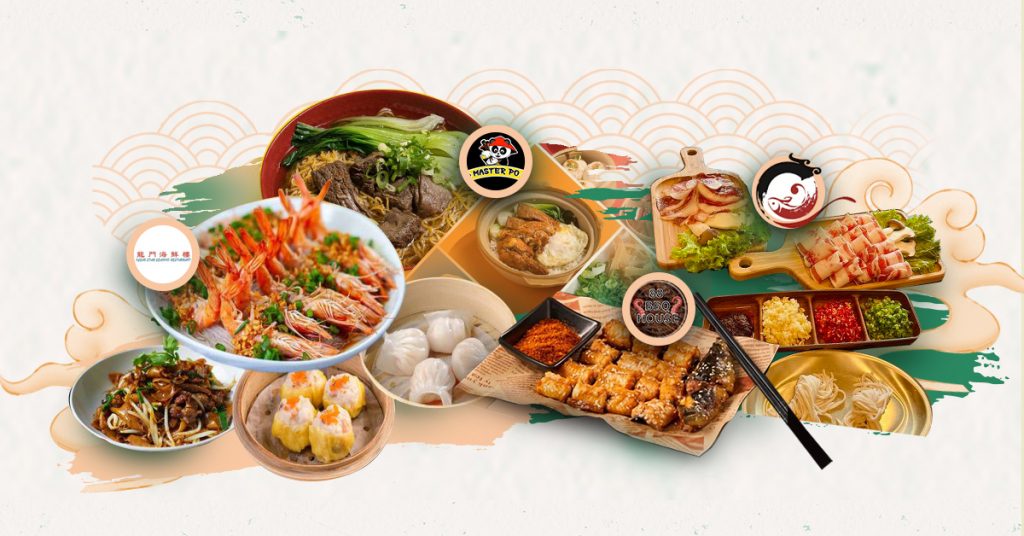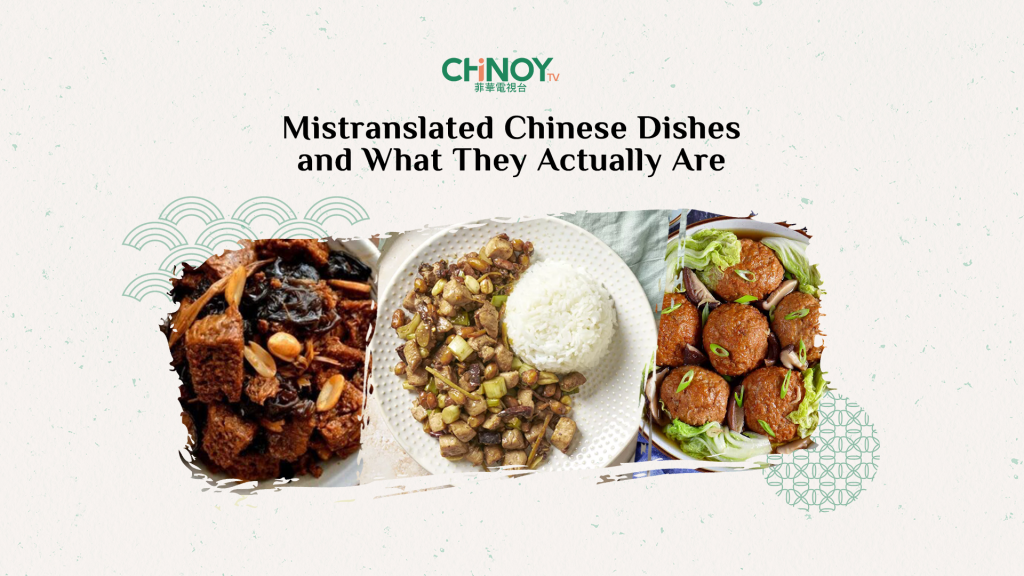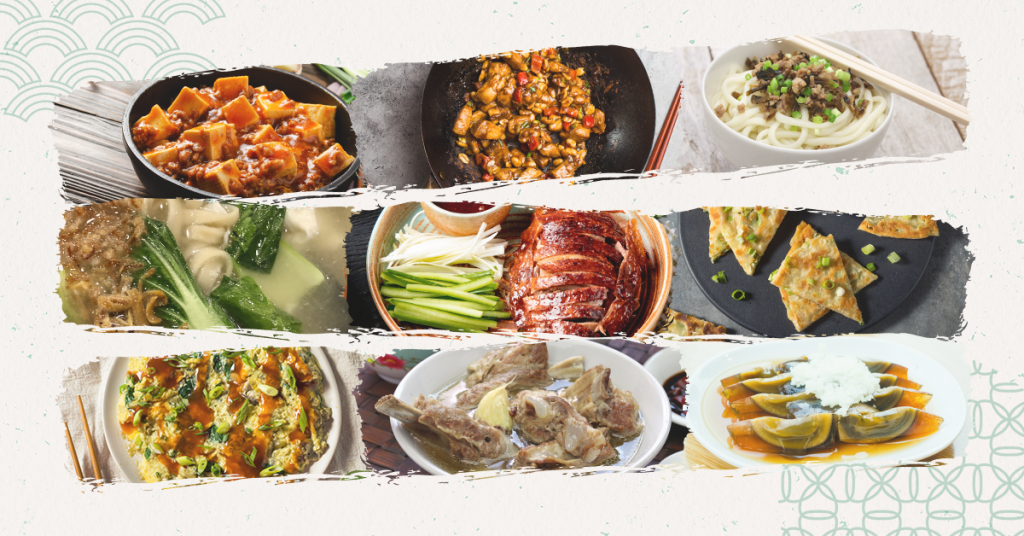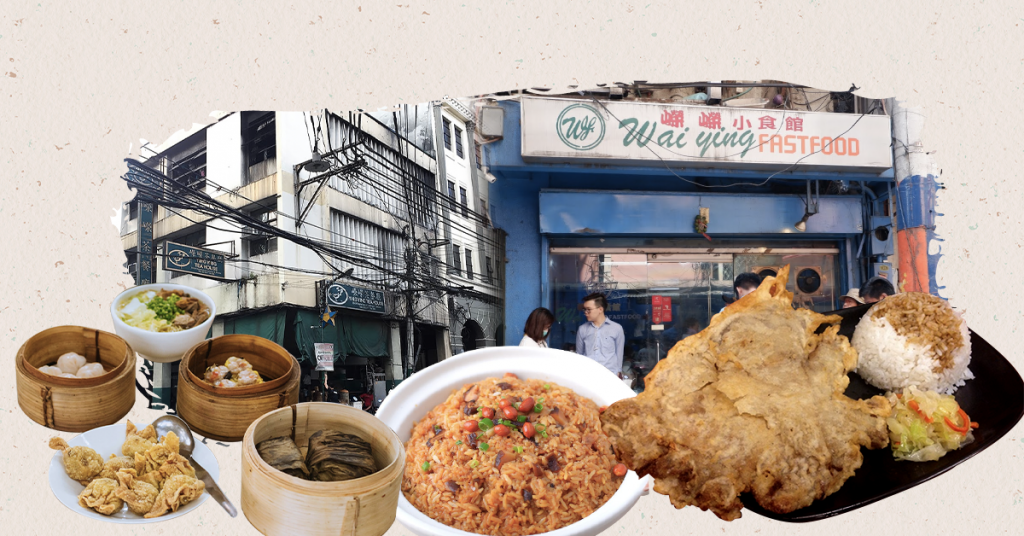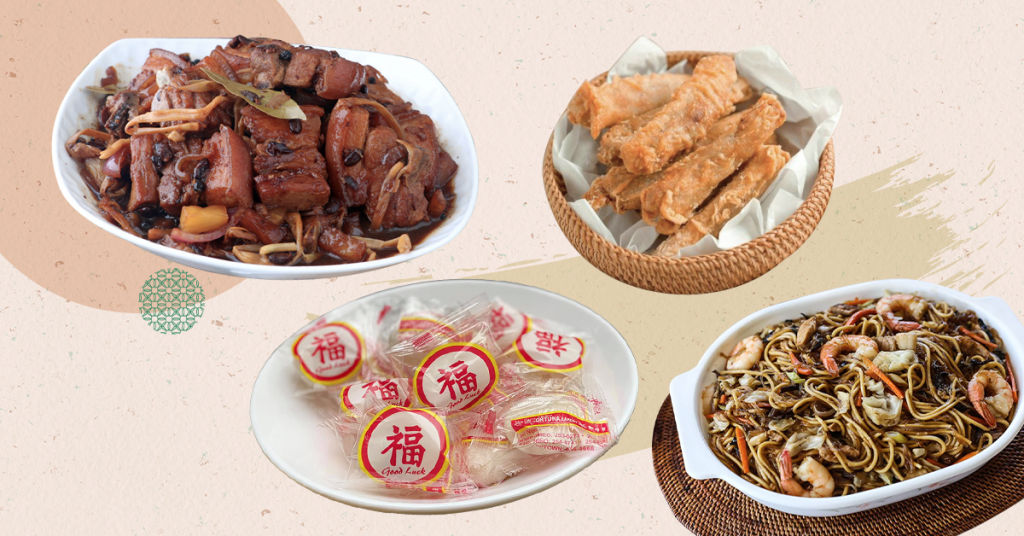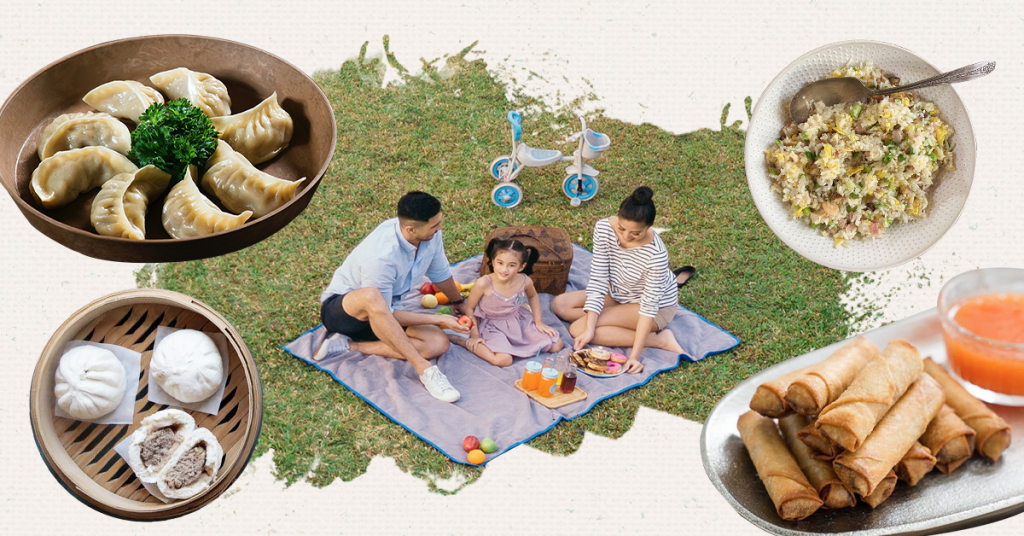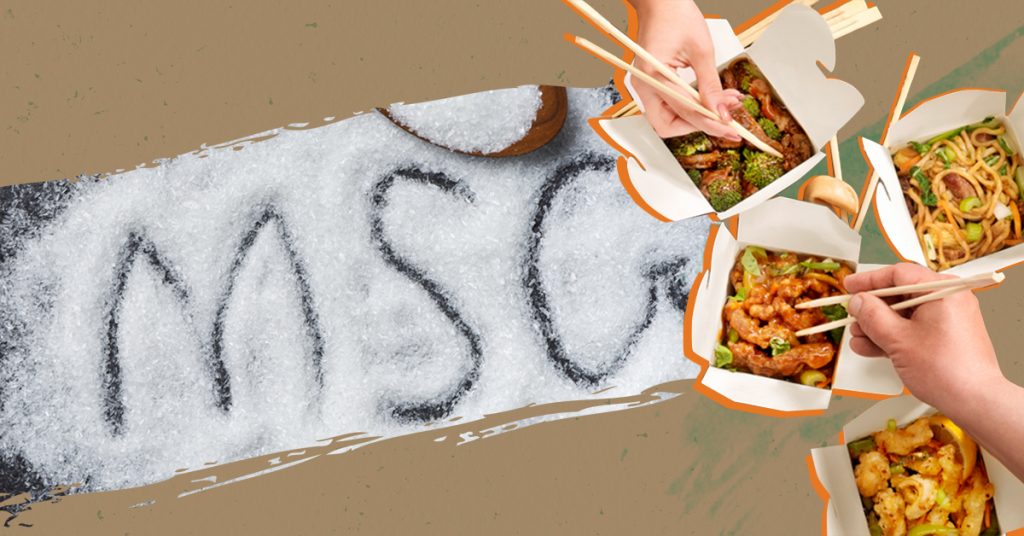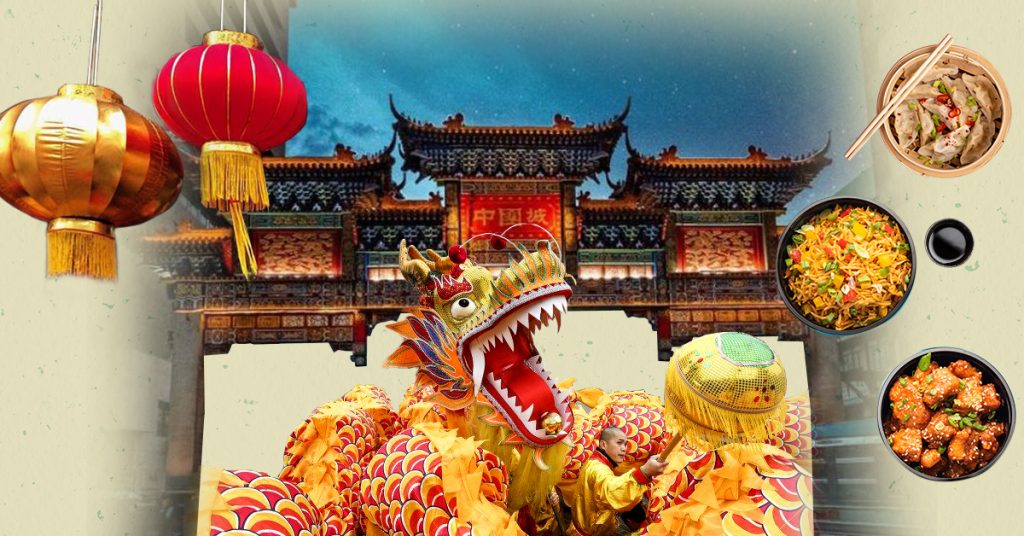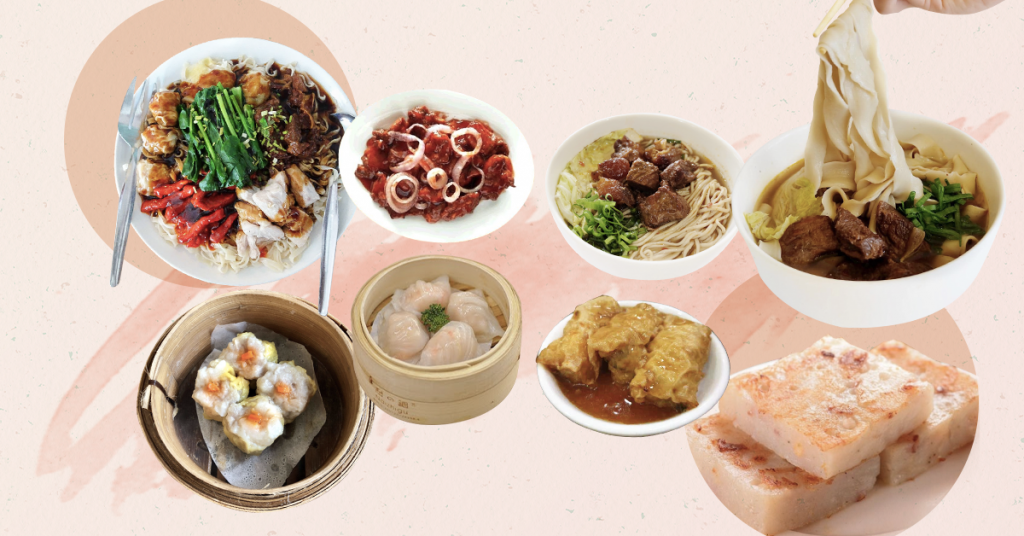Navigating the noodle world is a daunting task. There are so many options, all differing in texture, appearance, and flavor. It’s amazing how simple flour and water can create a myriad of noodle variants.
How often have you ordered a noodle dish in a Chinese restaurant and are asked what type of noodle you prefer? Swamped with dozens of choices, you either:
a. Retreat to one of the few that you know
b. Go crazy and pick something you’ve never heard of AKA shotgun
Noodles are a perfect blank canvas, a vehicle to any kind of flavor. And if you pick the right one, it can really make a difference. Luckily, you only need to know a few to help you decide.
Here’s a basic rundown of the main categories and types:
WHEAT
Wheat noodles is the most common type of noodle around the world and the same goes for Chinese noodles in terms of variety. It is usually made of wheat flour and water, repeatedly pulled and stretched to incorporate gluten. This gives it a springy and bouncy texture.
1) La Mian
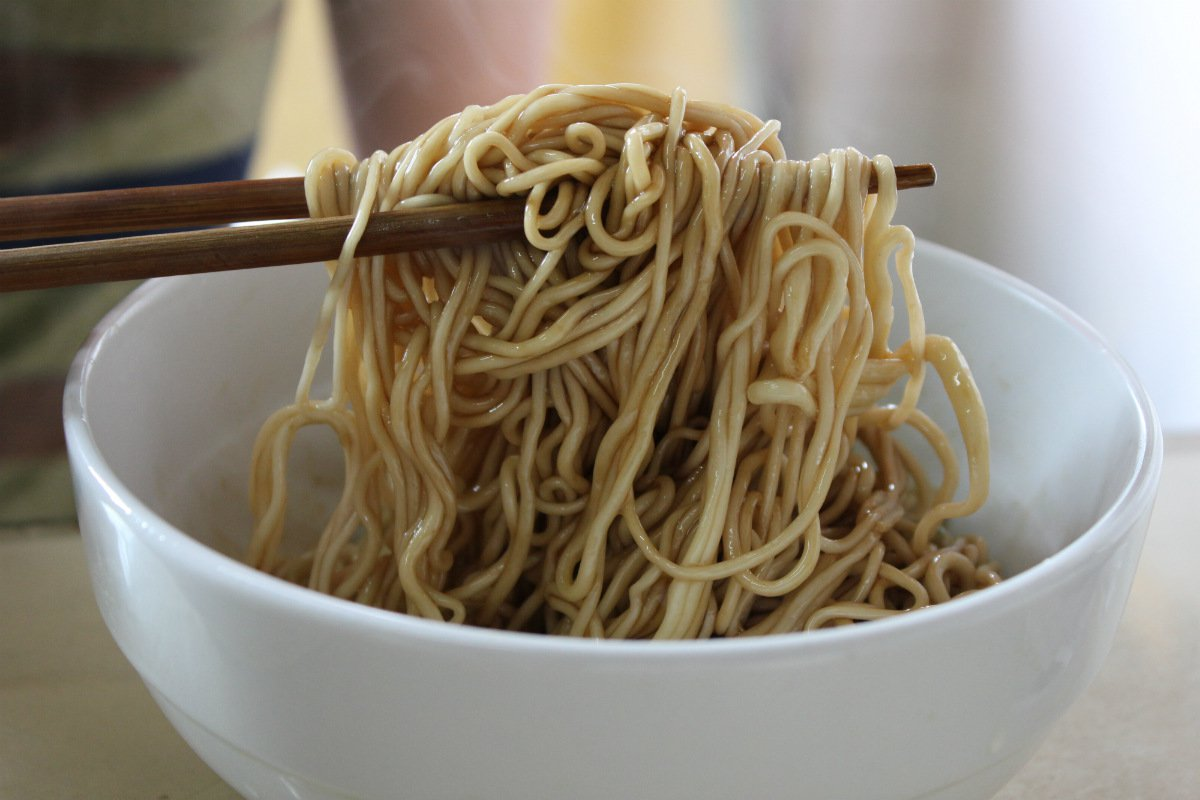
Source: fathomaway stie
La mian is where the Japanese ramen tooks its inspiration from. In Chinese, it directly translates to “pulled noodles”. It is also chewy and dense in texture owing to the addition of lye water for alkalisation. These are best made by hand and is not a simple technique to learn. As such, it is usually sold fresh. It is made by skillful twisting, stretching, and folding of the dough until the desired thickness is achieved. La mian absorbs some of the sauce due to its slightly porous surface making it suitable for soups and stir fries.
2) Dao xiao mian
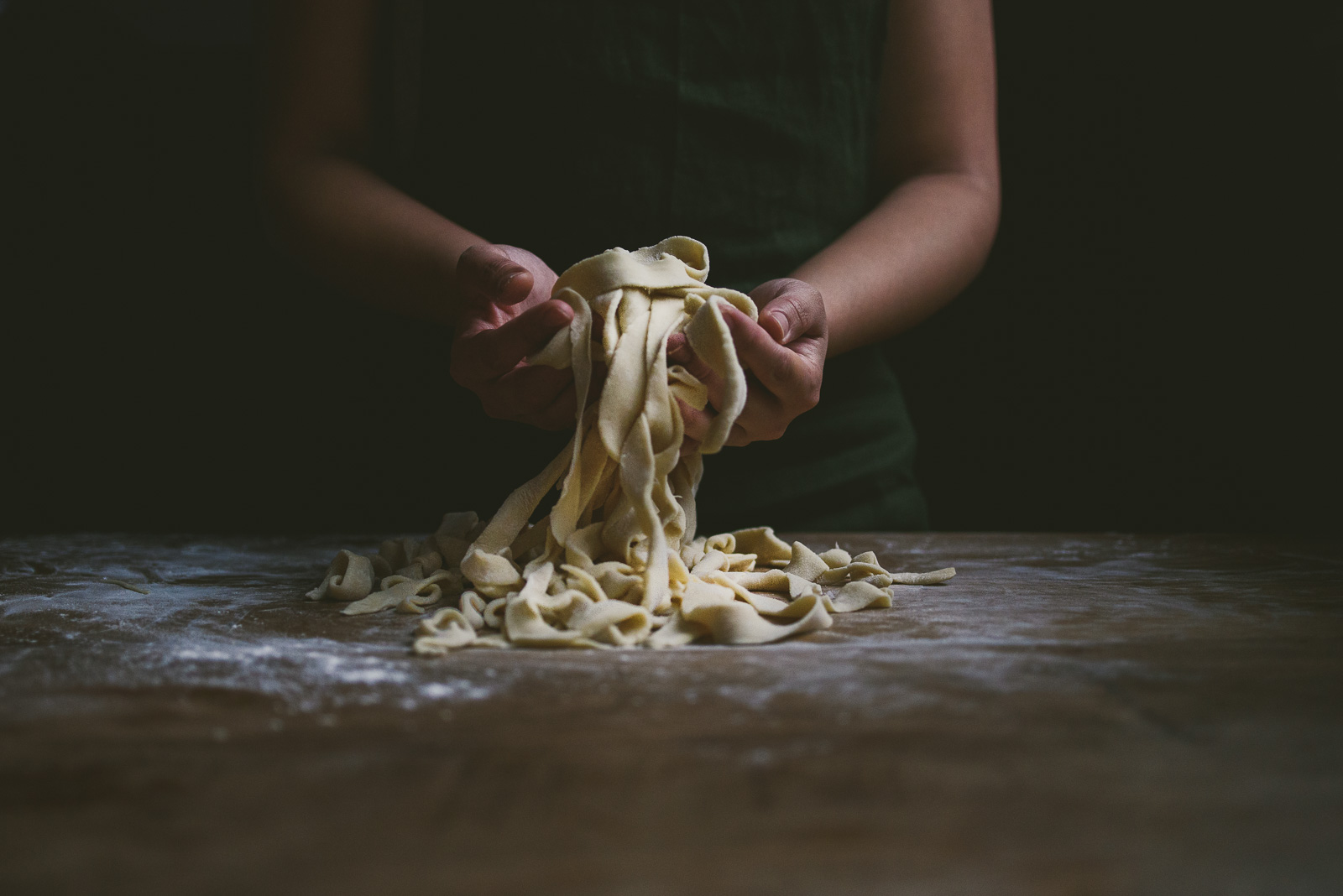
Source: bettysliu site
Also known as knife-sliced noodles, this is a good alternative to La Mian if you’re looking to learn how to make noodles by hand. These are broad and flat, sometimes with frilly edges. This type of noodles is more common for Northern Chinese cuisine. Unlike other noodles, oil is added to increase elasticity and gives it a chewy texture. What also makes this unique is the method of swiftly slicing the dough into boiling water to cook it. Dao xiao mian is excellent for soups or can also be fried.
EGG
Egg noodles are also made from wheat flour, but combined with either eggs, or lye water for an alkalization. These additions give egg noodles in particular a firmer texture when cooked. On the other hand, if more flour is present, a chewier texture is present. Contrary to popular belief, the yellow color of egg noodles is actually due to alkalization which releases yellow pigments in the flour.
1) Lo mein
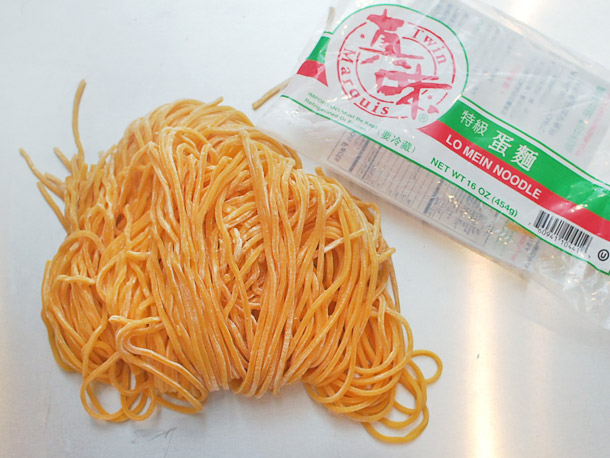
Source: seriouseats site
These dense and chewy noodles are yellow in color due to an alkaline salt. This can handle longer cooking times and comes in fresh or dried variants. If you want your noodles to absorb the flavors of your sauce, this is your pick. Lo mein goes well with big and chunky ingredients (such as beef and vegetables) and thick sauces.
2) You mian
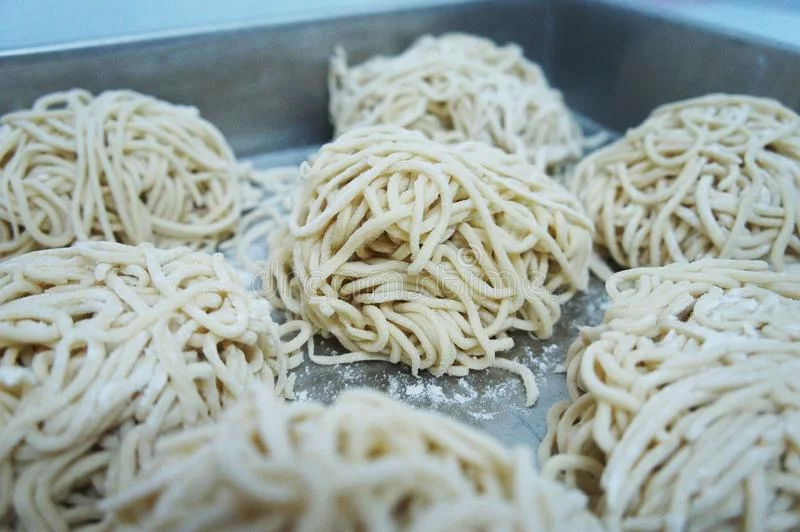
Source: doversonfoodsupply site
You mian has a chewy and springy texture that is yellow in color. It’s name means “thin” noodles and the most famous variant is the “oil” noodles which are medium-thick and commonly sold in Asian stores. It can be used for soups, stir fries, and even in salads when blanched. A slightly thinner you mian is also known as Hong Kong noodles which are firmer in texture. As such, it is best used for soups, stir fries like chow mein, or simply fried.
RICE
Rice noodles are made of rice flour and water. In Cantonese, rice noodle dishes usually have the word fun or fen attached. Compared to other noodles types, these are more subtle in flavor and are best used as vehicles for dishes with more bold flavors. These noodles are more notable for their varying textures, thin and delicate or thick and soft. They also cook pretty quickly.
1) Rice vermicelli
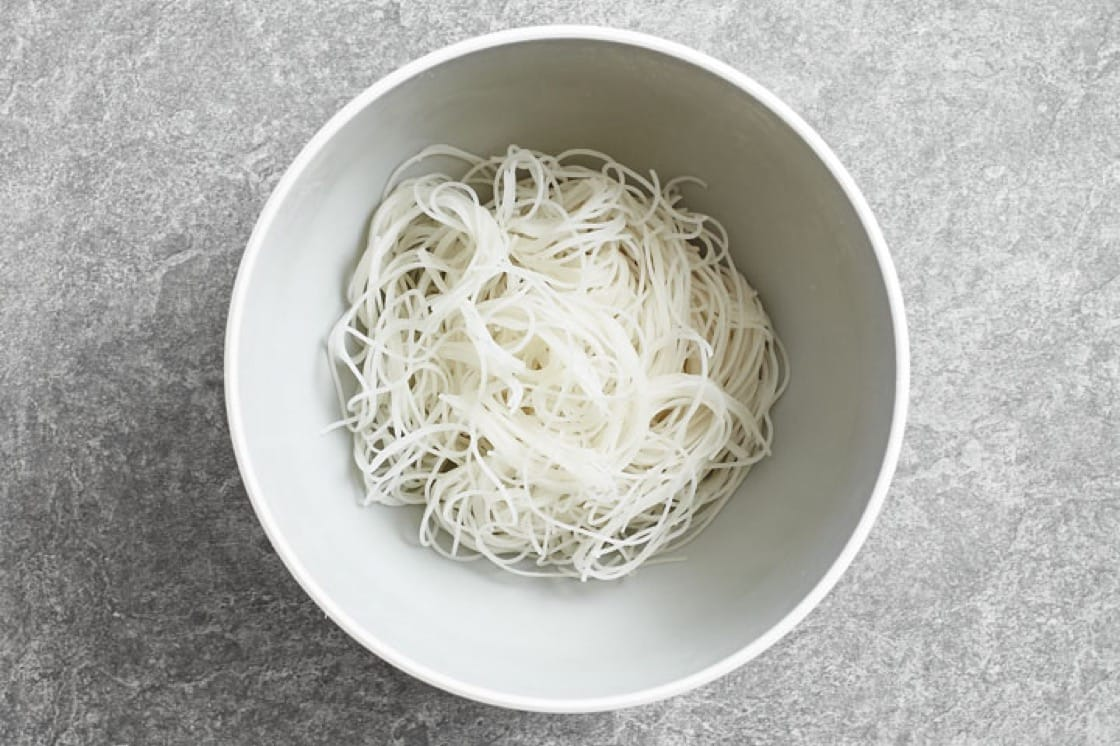
Source: michelin guide site
Rice vermicelli is not to be confused with cellophane noodles, vermicelli made from mung bean or rice starch. In the Chinoy setting, you’ll recognize this more as Bihon *AHA light bulb goes off*. These are thin, white, and sold in dry bunches, sometimes up to 18 inches in length! These have a soft yet slippery texture and a neutral flavor. You must soak them first before proceeding to cook them in boiling water. It’s well-suited for soups, salads, stir fries, and spring rolls filling. If fried as-is, it can also be used as a crunchy topping.
2) Chow fun
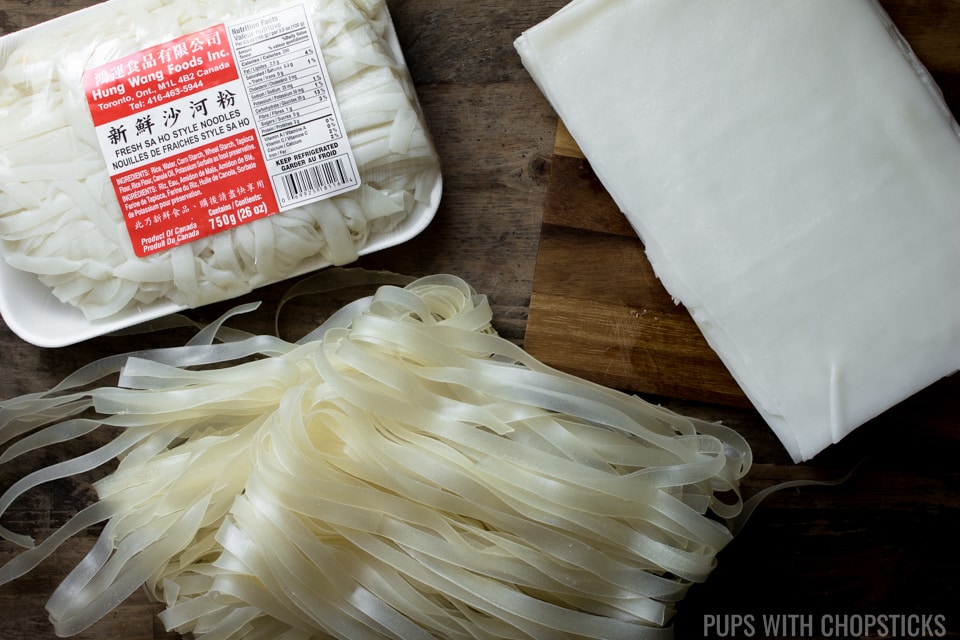
Source: pupswithchopsticks site
Also called Ho fen, chow fun noodles are flat and wide noodles often sold fresh. Go for this noodles if you’re looking for something slippery and chewy in texture. Avoid buying refrigerated ones since this hardens the noodles and will break while cooking. Since it softens if left in a soup for too long, they are best eaten immediately. This type of noodle goes well with stir fries which have rich sauces. Aside from Cantonese cuisine, Chow fun is also used in the Singaporean and Malaysian dish Char Kway Teow, a popular stir fried dish.
Whether you eat noodles for the prosperity and longevity aspect or simply for switching up your carbohydrates, noodles can truly elevate a dish. Hopefully, you’ll be able to make better choices next time and taste the difference!


